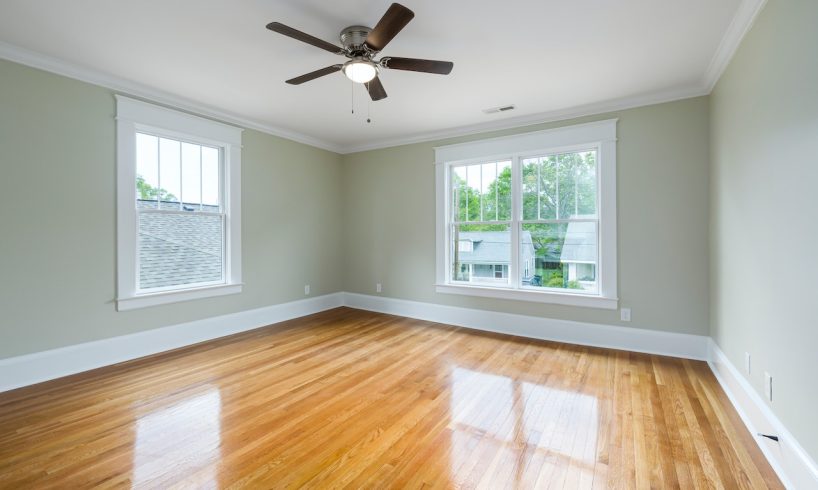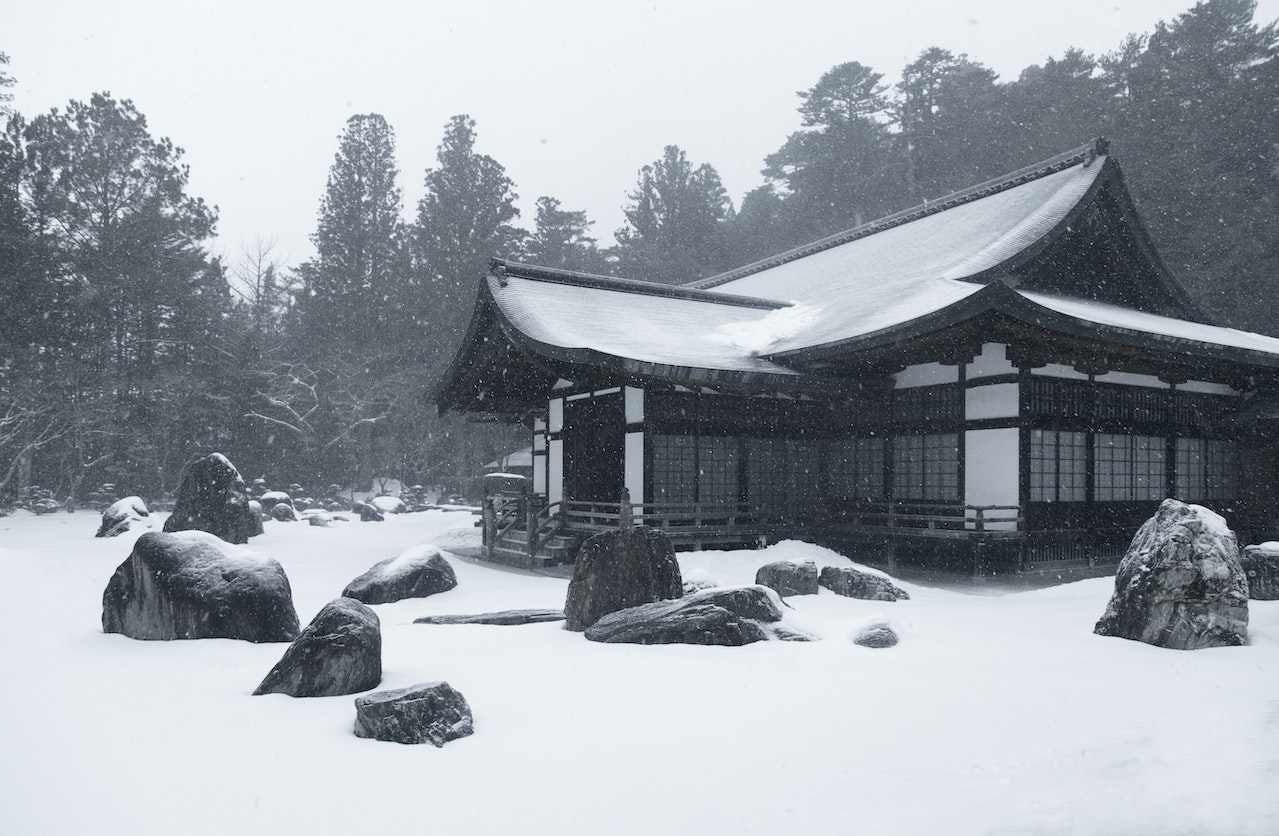
Epoxy flooring coatings make beautiful additions to garage and basement floors, adding bright colors, metallic flakes and various textures. However, epoxy requires time to dry and fully cure, making the best time and place for epoxy flooring installation when construction is nearly completed. This allows builders to avoid dragging heavy equipment across it or accidentally dropping tools on its new surface.
Spring
Epoxy floor installations should take place during spring to allow enough time for them to cure and set correctly. When allowed to set improperly, an epoxy floor becomes brittle, can crack and peel over time and become costly to replace later on.
Epoxy floors provide long-term value. Not only are they easier to clean and maintain than concrete surfaces, they can also be customized by adding decorative color flakes or chips for aesthetic purposes while simultaneously creating a safe walking surface.
An epoxy-coated floor is also easy to maintain, as its coating protects it against staining. Simply mop with water or cleaner for effortless maintenance that keeps it looking new.
Moisture should also be taken into account when installing an epoxy floor. An initial moisture test on the floor must be conducted in advance to make sure that it can support its coating – this can be accomplished using a calcium chloride testing kit.
Keep the temperature of the floor and air temperatures in mind when applying epoxy flooring, particularly around doors and bays leading outside. Epoxies require exothermic reactions for cure and can be expedited by heating the area around it.
Professional preparation of floors is recommended to achieve optimal results, including grinding the concrete surface, removing oil and grease spots from cleaning, priming it, then applying top coat and color flakes.
Once this coat has set and dried, your floor should be ready to receive topcoat and color flakes, which should dry within several days – after which time your garage or basement floor should withstand the weight of cars and equipment without damage or staining while increasing resale value of both homes and commercial properties – the investment paying back itself over time!
Summer
Epoxy flooring can make any space feel more welcoming, increase curb appeal, and increase house value – but the process requires much more planning than simply painting your garage floor! Spring and summer are ideal times to get this project underway!
Epoxy can be an ideal material for numerous applications; however, installing it during cold weather may prove more challenging due to concrete’s temperature requirements for setting epoxy correctly. As cold temperatures can slow down or even crystallize the material and lead to surface cracking or bonding issues if not properly set, they should not be installed at too cold a temperature.
Epoxy and polyaspartic coatings provide an ideal solution since they can be installed under various temperature conditions without cracking in cold weather.
Furthermore, with blacktop driveways or unheated garages the coatings may crack under extreme cold temperatures as well. However, this won’t be a concern since epoxy or polyaspartics can be installed over an array of temperature conditions without issue.
Opting to coat your floors during summer has an added advantage of making you more appreciative of them after they are complete – you don’t have to wait for winter’s celebrations before enjoying your brand new floors! Plus, with plenty of time before all the holiday partying starts up again.
Installing your floor in the summertime is also an excellent way to set the stage for the rest of the construction process to begin, giving other tradesmen enough time to work without disrupting your progress and giving you time to get everything set up before its time for you to use your new space.
Once your flooring installation is complete, it must sit for about seven days to cure safely before you can walk on it. During this period it’s important to keep children and animals off of it while keeping vehicles stored elsewhere. Once cured, you can enjoy your new floor knowing it will stand up against everyday wear and tear.
Fall
Add an epoxy floor coating to a concrete floor is one of the most cost-effective investments a commercial or industrial facility can make, providing protection from vehicles, equipment and heavy items that might impact its integrity.
Furthermore, epoxy floors offer excellent water-resistance and stain-resistance capabilities that protect against staining and corrosion damage in concrete flooring – benefits which have convinced many businesses to opt for this flooring choice in their facilities.
Installing an epoxy floor in the fall is an ideal way to transform your space ahead of winter. Cool temperatures and low humidity provide ideal conditions for curing epoxy flooring products; selecting an optimal temperature for curing will ensure its strength and durability in the finished product.
Humidity can also play a significant role in the drying and curing process of epoxy floor coatings and other floor finishes, causing cracking and peeling in epoxy applications. To mitigate against this effect, allow concrete surfaces to dry completely prior to applying an epoxy.
When installing an epoxy floor, it is essential to wear protective equipment such as gloves, safety glasses and a respirator to avoid coming into contact with chemicals in the epoxy. Furthermore, opening garage doors during application could impede ventilation and slow drying times for your epoxy.
Cold weather can impede an epoxy’s ability to adhere to concrete surfaces, especially if they are porous. To ensure that an adhesion-enhancing epoxy can adhere properly, it is vital that any oil, grease or wax residue from surfaces be eliminated using acid etching techniques; additionally it must ensure the concrete is dry without dirt or debris present prior to applying an epoxy coat.
If you plan to install an epoxy floor this winter, it is vital that you inform your flooring contractor in advance. They can determine if applying an epoxy floor is feasible, and offer advice about heating methods suitable for installation (kerosene heaters are not advised as they emit toxic fumes into the atmosphere that could undermine its outcomes).
Winter
With winter coming soon and summer and fall projects winding down, now is an excellent time to add epoxy flooring to your “to do” list. Epoxy floors add both beauty and durability to your garage, basement or other room; plus they’re easy to install and clean up after drying!
Epoxy coatings can still be applied during winter, though more care must be taken than during warmer months. First, to ensure a successful application of epoxy, concrete surfaces should be bone dry and above 55 degrees Fahrenheit for best adhesion and curing results.
Lower temperatures also have an adverse effect on epoxy installations, slowing down their curing time and potentially decreasing strength and durability. This effect is compounded when moisture enters the atmosphere causing blushing, reduced gloss levels or other surface defects to appear.
Humidity levels also play a part in how an installation turns out as some products react differently depending on their levels of humidity.
Consider these factors when planning an epoxy flooring project during the winter season, as it will take longer for it to set and become ready for use. Also, high traffic areas of the floor should be avoided because accessing them might become more challenging during this period.
Attentiveness to temperature will also be key, since colder weather requires longer for epoxy products to reach their working temperatures, potentially delaying re-coats and curing times further.
Even taking into consideration these considerations, an epoxy floor can still be installed at any time of year. When working with an experienced contractor who knows how to apply epoxy properly and can take all these factors into account when installing, an amazing finished product awaits you at home. For a convenient way to locate their services, simply refer to their map listing when seeking an epoxy floor service in Bexar Country.







